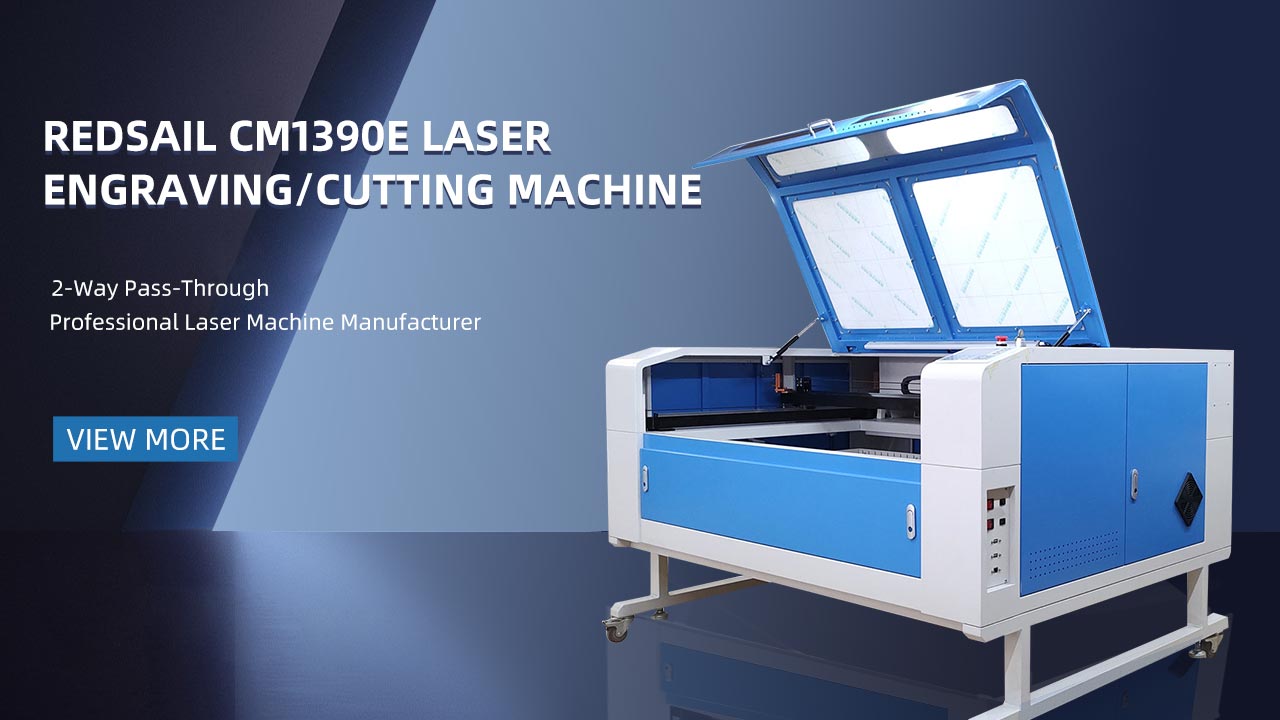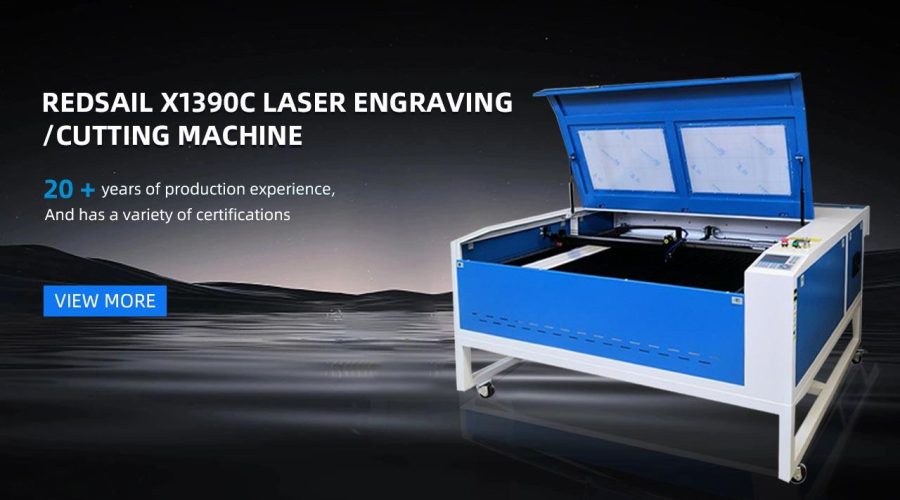Due to the special use environment of medical devices, we have relatively high requirements for their precision, safety, finish, and sanitary conditions. Therefore, when manufacturing medical devices, we must strictly require manufacturers from the source . In the process of metal medical device processing, the traditional sheet metal mechanical cutting processing mode has great defects in precision, safety, and controllability. Therefore, it is an inevitable trend for the development of the industry to replace the traditional processing method with fiber laser cutting machines.
First of all, laser cutting meets the precision, safety, and smoothness requirements of the medical profession. Fiber laser cutting uses a high-power-density laser beam to scan the surface of the material, heats the material to thousands to tens of thousands of degrees Celsius in a very short period of time, melts or vaporizes the material, and then uses high-pressure gas to melt or vaporize the material from the cutting Blow away in the seam to achieve the purpose of cutting materials. This extremely high temperature cutting ensures the possibility of no secondary pollution during the processing of the device. The cut surface finish of the processed material is very good, which can meet the requirements of one-time molding and avoid secondary or multiple reprocessing after the material is formed. time and material loss.
Secondly, in terms of the workpiece itself, medical devices are very different from other mechanical parts. It requires very high precision without any deviation, and the laser cutting machine can meet these processing requirements well when performing instrument processing and cutting.
In addition, the slit produced by laser cutting is very narrow, and the laser beam is focused into a small light spot, so that the focus reaches a high power density, and the material is quickly heated to the degree of gasification, and evaporates to form holes. As the beam moves linearly relative to the material, the holes are continuously formed into a very narrow slit, and the slit width is generally 0.10-0.20mm. The extremely small kerf ensures the high precision of cutting.
The production and processing process of the laser cutting machine is a non-contact processing. The laser cutting head will not contact the surface of the processed material and will not scratch the workpiece. For medical devices, surface cleanliness is the most basic requirement. If the surface grinding process of device products can be minimized during processing, the production efficiency will be greatly improved.





